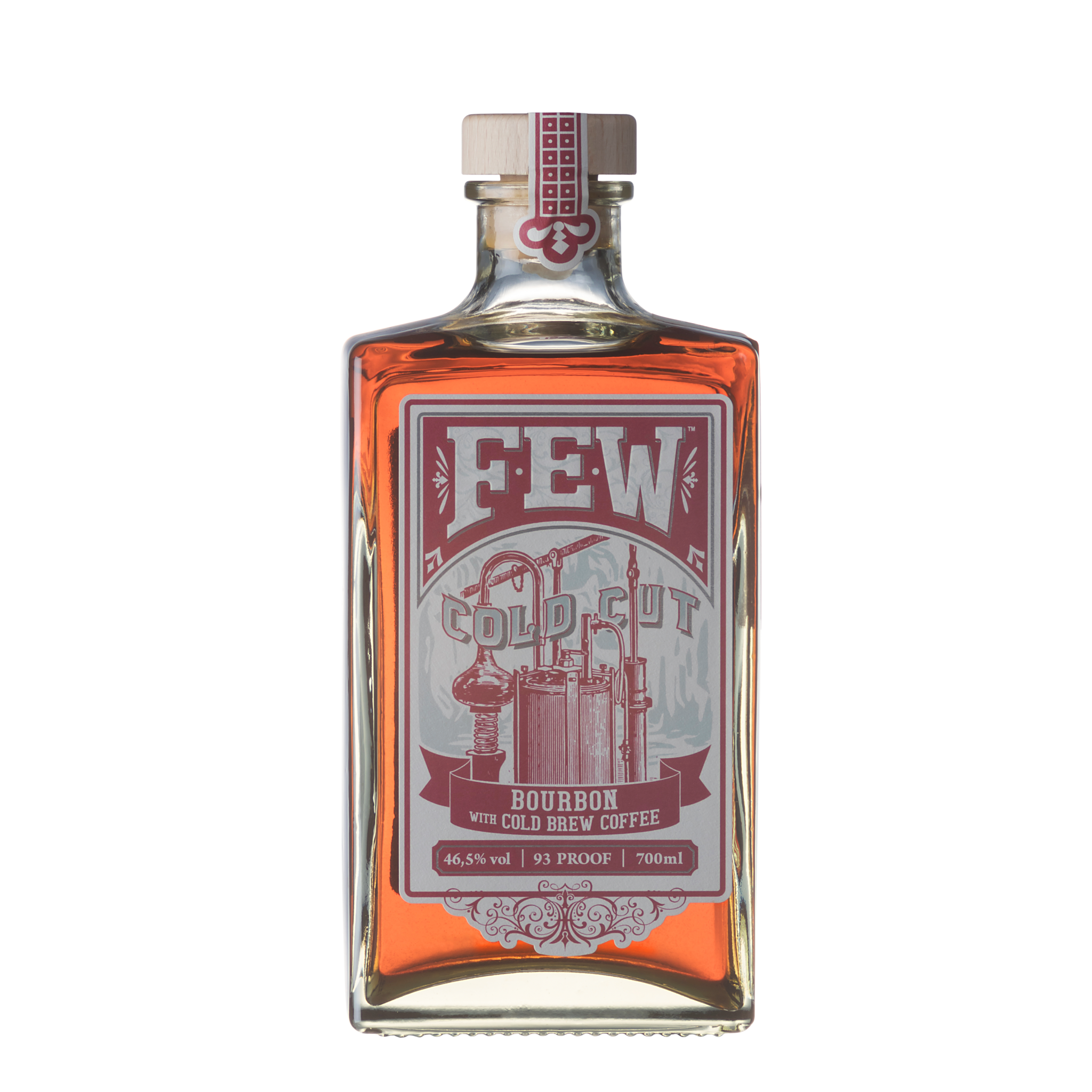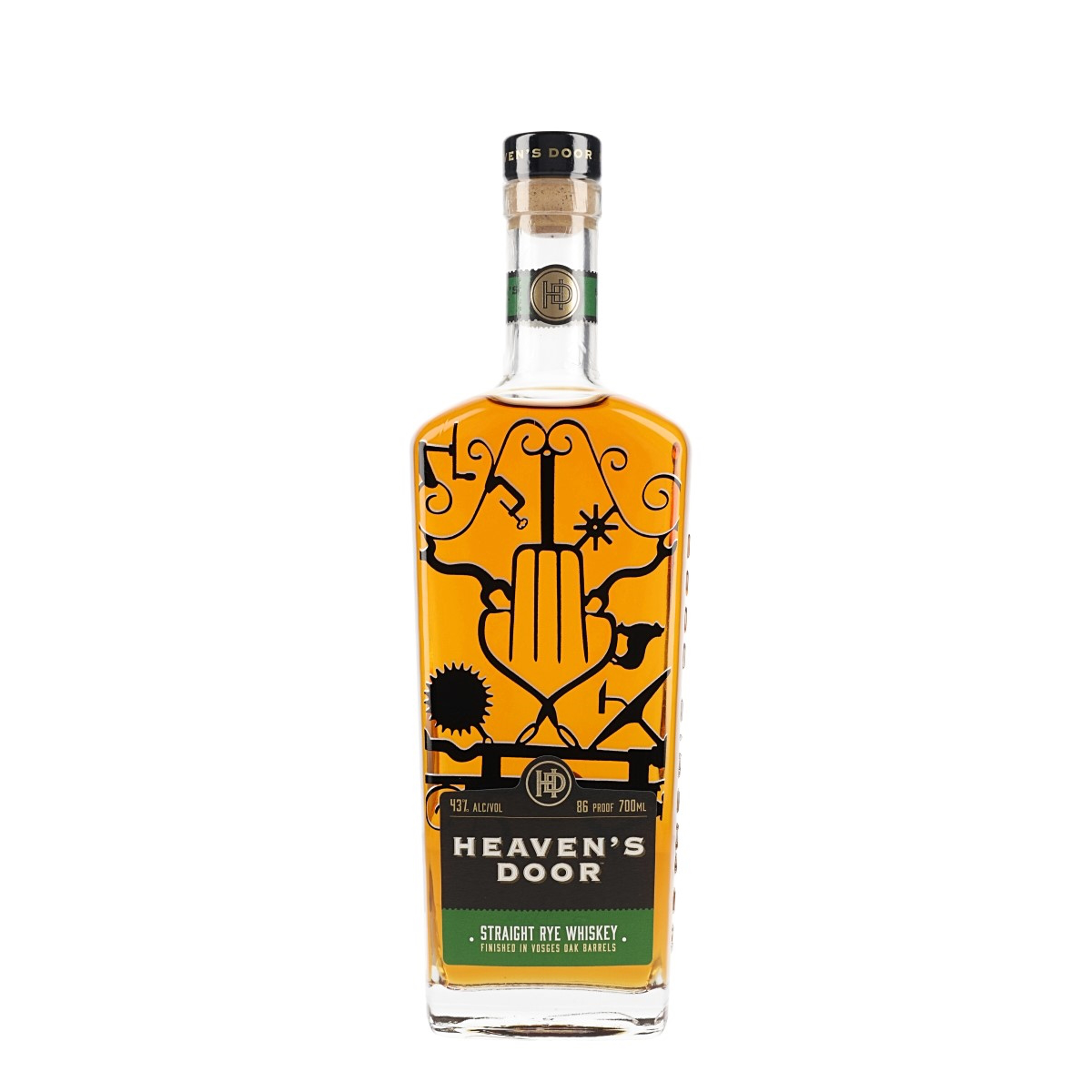The quick and simple part of it, is that Bourbon is a whiskey firstly that is made in the United States of America and secondly where its raw materials consist of at least 51% corn. Thirdly, Bourbon needs to be aged on new American oak barrels, meaning that the barrels used to age Bourbon have never been used for anything.
The history of this liquid started with the first colonists who came over from the United Kingdom, Scotland and other parts of North-western Europe. They arrived with their knowledge of whiskey distilling and soon found that their trusty grains brought over from Europe didn’t grow as well as they had hoped in a foreign soil. They do however get introduced to a new form of crops, known as maize which we later start calling corn. Corn is full of sugars, grows fantastically well and the yield of harvest surpasses European grains. The next step after harvesting, feeding yourself and your livestock is obviously to start distilling it. Using techniques from Irish distillers, scotch distillers and jenever distillers, they quickly made their own version of whiskey. The barrels that they brought over were already in use for whatever items they brought with them, but luckily this new continent had plenty of untouched forests of oak.
For a long time whiskey has been made all over the new country, but the best whiskies stem from a region known as Bourbon county in Kentucky. To ask for ‘whiskey from Bourbon county Kentucky’ takes too long, so after a while the word for whiskey gets coined by the region Bourbon and the word Bourbon becomes synonymous with American whisky. This is not to say that Bourbon can only come from Bourbon county such as with Cognac only being from the Cognac region in France. You can make Bourbon anywhere within the United States of America.
Bourbon producers all have their own recipes and styles of distilling, some using copper pot stills, others using column stills. Aging tends to vary a lot and most bourbons out on the market are blends, even with liquids from multiple distilleries. This is not to say that there aren’t strict rules around Bourbon, as there are a lot more rules around bourbon than there are rules around scotch whisky for example. It’s not until 1964 that the American congress put strict rules into place and recognised Bourbon as ‘a distinct product of the United States of America’.
In order to be considered Bourbon it has to be produced within the borders of the United States of America. Secondly, it has to be produced out of at least 51% corn. The other 49% can be other grains and typically consists of a blend of Rye, Barley and sometimes Wheat. The product has to be distilled no higher than 80% abv. After distillation the product must be aged on new American oak barrels. The liquid cannot enter the barrel higher than 62,5% abv, meaning that producers sometimes have to water down their new make spirit before they can even start ageing. There is no minimum for the ageing process, meaning that one day technically qualifies. But considering you have to use new barrels each time, this is way too costly.
When a product has been aged for a minimum of 2 years, it can be labelled with the term ‘straight bourbon whiskey’. If a product is younger than 4 years, the age has to be stated on the label. If the product is older than 4 years, you do not have to state the age on the label but you are allowed to do so if you choose. Meaning that a straight bourbon whiskey with no age statement on the label is at least 4 years old, but how old exactly will remain a mystery. Due to the climate in the United States and the fact that producers have to use new oak barrels, the spirit will take on a lot of oak flavours within its years of ageing and the Angel’s Share is quite high, sometimes even 8% per year. This means that Bourbon typically isn’t aged for as long as Scotch whisky for example and seeing a Bourbon aged over 10 years is quite uncommon.
After ageing, Bourbon is allowed to be blended with other bourbons for a consistency of flavours. The youngest bourbon in the blend will determine what gets put on the label. But you are not allowed to add any additives, flavours or colouring to the product. A bourbon also has to be bottled at at least 40% abv.
Because you are only allowed to age on new American Oak barrels and you aren’t allowed to add anything other than bourbon to bourbon, the new trend of Cask finishes is a grey area and hotly debated. By ‘finishing’ a bourbon on say for example a Port barrel, you are technically ageing on different wood other than new American Oak and a bit of port leftover in the wood and barrel will mix with the bourbon. However, once something is a Bourbon it cannot suddenly become un-bourbon, meaning that producers can use clever linguistic tricks and call it ‘Bourbon finished on port cask’. They could also opt to just call it ‘American Whiskey’.




